You may be able to see by the shadows that we were there early. There was somebody there before us, though!
How long can children play along a river in the sand? I don't know, because we eventually set out a picnic lunch and lured them away with food.
With good food and plenty of water in our bodies, we hit the trail - the Zalla Trail. A five-year old was in charge of the map and kept track of our progress at each trail marker. Another five-year old, a seasoned hiker on this trail, was our leader. An eleven-year old kept an eye out for bear and two seven-year olds were self-appointed waterfall explorers. Baby got to ride in the back pack.
It was fun to watch the children each gravitate toward different exhibits. Baby loved the birds. Some were almost as big as he! Another child kept coming back to the collection of jawbones. The 5-year olds "sailed" the geology boats along the painted river, and everyone always loves a pair of diffraction glasses.
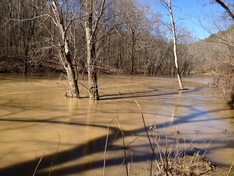
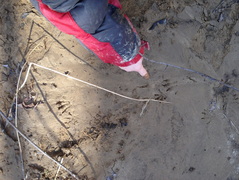
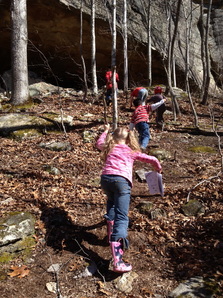
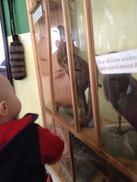
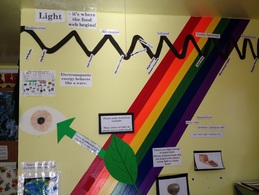
 RSS Feed
RSS Feed